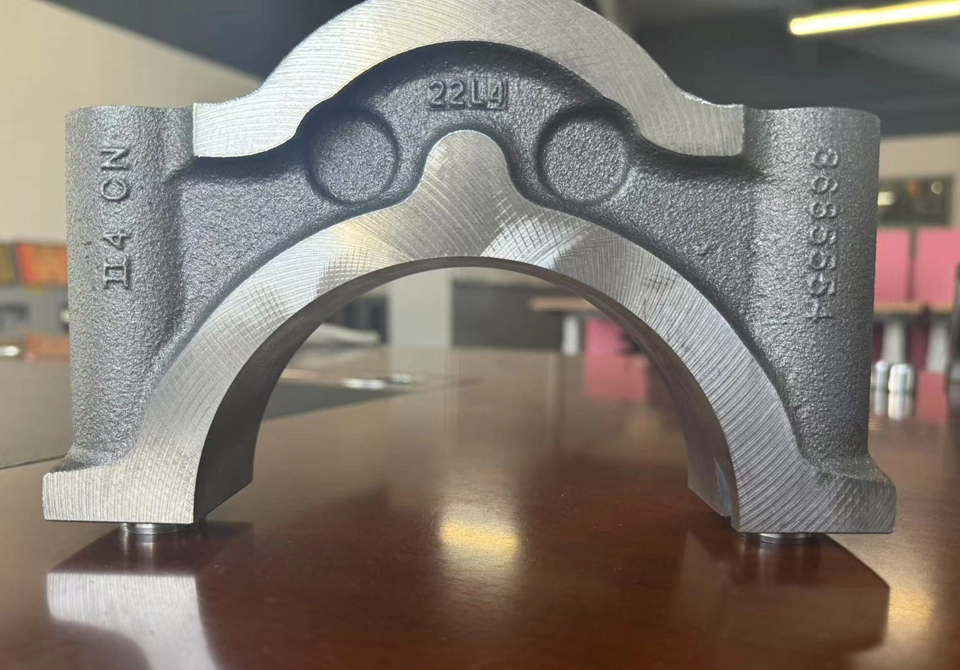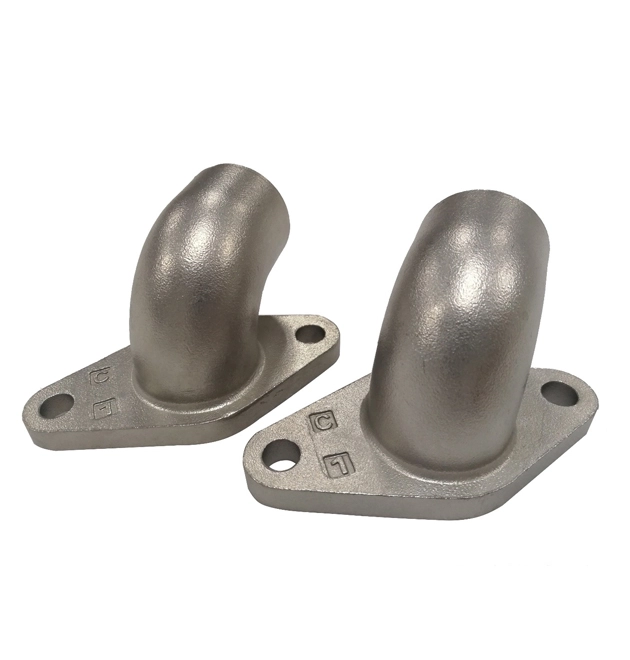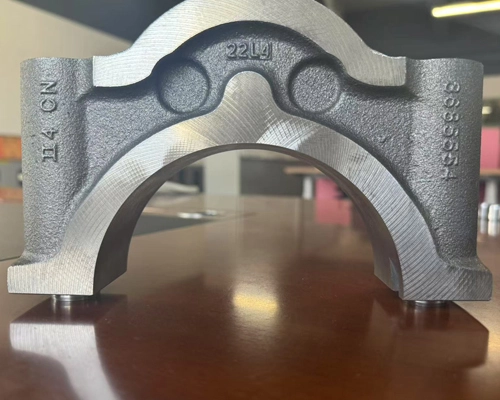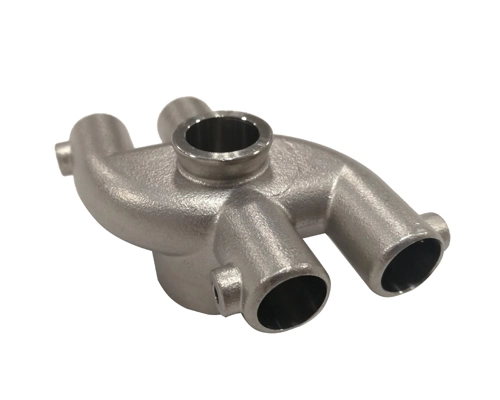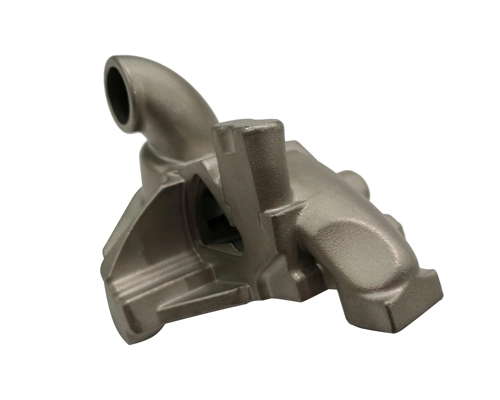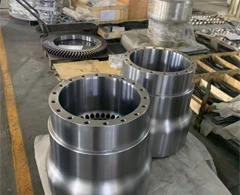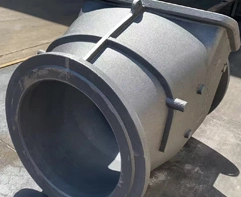How Ensure the Mechanical Properties of Automotive Castings
Balasen focused on the following aspects:
Selection of Raw Materials
Select appropriate materials according to the performance requirements of the castings. For example, use high-strength aluminum alloy for engine cylinder blocks and high-toughness cast iron for chassis parts.
Ensure that the materials have high purity and low impurity content, and strictly test the chemical composition and physical properties of the raw materials.
Process Control
Melting: Precisely control the temperature, time, and furnace atmosphere, and carry out refining and impurity removal to improve the quality of the alloy liquid.
Molding: Use high-precision molds, ensure the uniform compactness of the sand box, and rationally design the parting surface and sand cores to ensure dimensional accuracy.
Pouring: Design a reasonable pouring system and control the pouring temperature and speed to prevent the occurrence of defects.
Heat Treatment: Formulate appropriate heat treatment processes, such as quenching and tempering, to improve the internal structure of the castings.
Quality Inspection
Adopt means such as metallographic analysis and non-destructive testing to conduct process inspection on the castings, and promptly identify problems and adjust the process.
Conduct comprehensive performance tests on the finished products, including tensile, impact, hardness tests, etc., to ensure compliance with the standards.
 EN
EN


